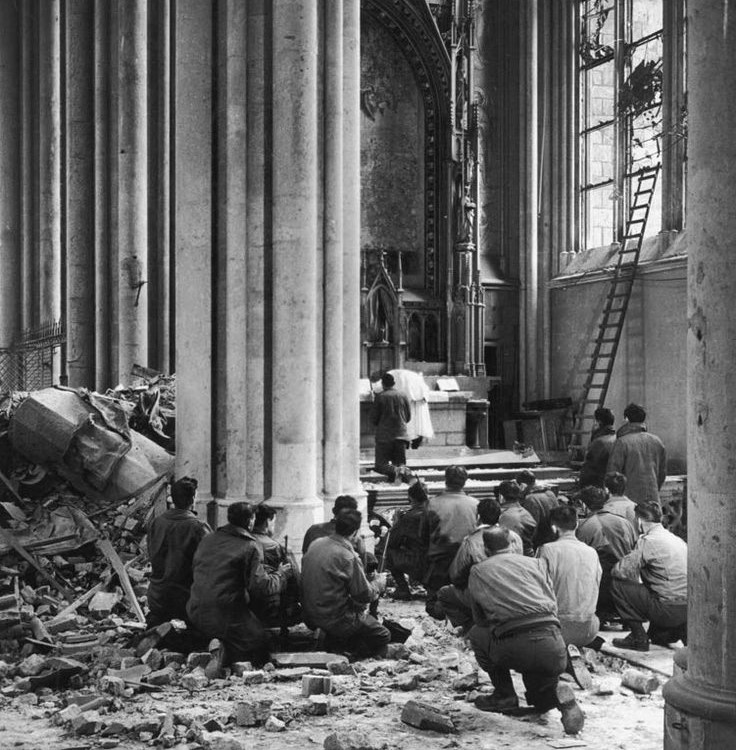essay
I Thought I Knew Him
Commonweal • March 2019We were still very new to the faith when my then-fiancée, Rachel, bought Magnificat’s 2018 calendar and proposed we hang it on our kitchen wall. Neither she nor I had been raised in the church, and our largely secular upbringings had left us skeptical if not disdainful of Catholicism. The Catholic funeral of Rachel’s grandfather, just ten months prior, had begun to change that. We started attending Mass. Rachel signed up for RCIA, and I reluctantly followed suit. Eventually, we grew so bold as to kneel in humility and pray together to the Lord.
The Magnificat calendar would be the first religious item to grace the walls of our illicit premarital home. This caused me some consternation. It was one thing to take a shine to the Gospel. It was something else entirely to proclaim it above the dishwasher. Finding yourself can feel eerily similar to losing yourself, and both inspire tremendous amounts of fear. I felt that fear as we nailed the Magnificat calendar to our kitchen wall.
My own path to belief would not come from a single epiphany, but instead grew out of little openings into extrasensory understanding. The start of February delivered one of these micro-revelations to me, as Rachel flipped the Magnificat calendar from January’s Christ and John the Baptist as Children by Bartolomé Esteban Murillo to February’s The Temptation in the Wilderness by Briton Rivière.
In that painting the Son of Man slumps alone on a rock in the empty desert. He steadies himself with his palms placed at either side. His downward gaze masks his face. The sun sets behind him, and a single star shines just above his sunken head. The whole painting seems to tremble and glow.
To see Christ like that for the first time was, for me, disarming; the painting robbed me of the tools I had used to ignore or dismiss him. Foremost among them was a conviction that I already knew Christ, and that he offered nothing for me. I thought I knew him because I had seen my grandparents’ crucifixes. I had toured great European cathedrals. I had laughed at television’s enlightened caricatures. I thought I knew Christ, but all I really knew was a cliché.
Rivière’s painting contained none of the usual baggage, and thus contained all of Christ for me. Stripped of everything I knew about him, I could finally set about knowing him. I could see the creator of the universe take on human form and experience his creation as we experience it.
When the Word took on flesh, he took on consciousness, too. In Rivière’s painting, Christ grapples with both the fact of a human body and the presence of a human mind. He’s all alone there, as Thomas Merton put it, in a “sterile paradise of emptiness and rage” lorded over by the devil. He spent forty days there, staving off temptation, discerning his way toward a tortured end. The cross is as psychic as it is physical.









